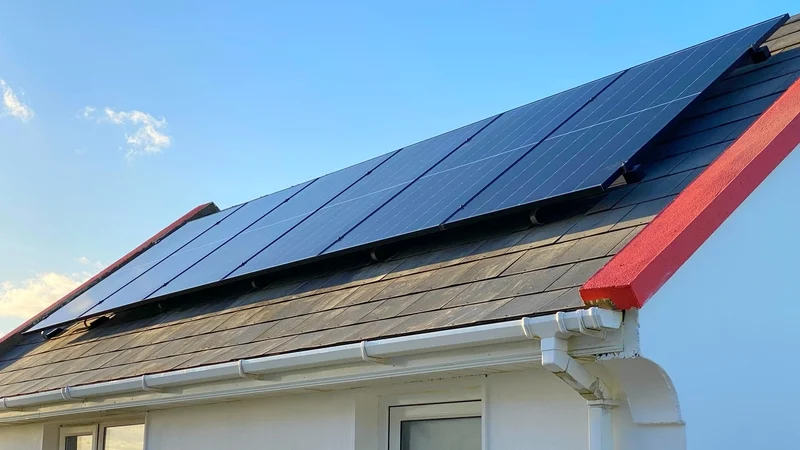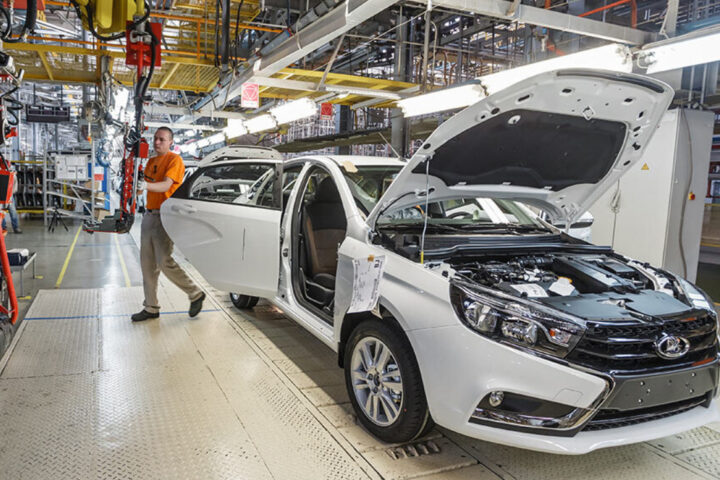Analysis: Making the most efficient use of your new domestic solar panel installation means a deep dive into usage and storage
Solar panel electrical generation has been around for many years. In 1950, inventors Daryl Chapin, Calvin Fuller, and Gerald Pearson created a silicon solar cell which was 6% efficient (they are up to 25% nowadays). Solar panels became more famous during the space race era of the 1950s and 1960s, being used in America’s first artificial satellite, Vanguard 1 which launched in 1958. Due to the addition of these panels in satellites, Vanguard 1 continued to transmit data for seven years.
The cost of solar panels and the associated running gear has reduced in price over recent years at a domestic installation level. While there is a €2,100 grant available in Ireland from the SEAI as long as you use an approved solar installer, this is unfortunately a false economy as this is factored into the cost for most solar PV installations.
A typical householder considering installing solar panels will probably have two main questions:
(1) What can I do to reduce the payback time of my domestic solar panel installation?
(2) How long will it take for my solar panel installation to pay for itself?
Remember solar energy is only ‘free’ when you have your installation paid for or otherwise it is paying off the original capital cost. As no two solar panel installations are the same with respect to generation size, finance arrangements, electrical usage and electricity provider, here are some best practice measures or headings.
Make hay while the sun shines
Once you exceed the amount of electricity you are producing for your solar installation, you will be charged by your electricity provider. As a result, it is important to stagger the use of electrical equipment based on the maximum capacity of your solar installation and current electricity being produced at the time of day.
If you operate the kettle (3kW) and the tumbler drier (3kW) simultaneously, the total load is 6kW. If you are only generating 5kW of solar electricity at the time, this means you will be charged for the extra 1kW from your supplier. You can check the solar power generation instantly by checking your solar mobile phone app or checking the display on your solar inverter.
Store energy in a battery, electric car or hot water cylinder
The single most important feature of a solar panel installation is to use as much of the electricity you produce. The can done simply by installing the equipment and accessories that will utilize your electrical generation such as storage batteries, Eddi or equivalent hot water diverter with immersions, zappi or equivalent electrical vehicle charger to use your electricity during the day.
Remember a hot water cylinder is a thermal battery. If you are making hot water during the day and storing it in an insulated cylinder, this is effective use of your excess solar energy. If your household is a larger than average hot water user (ie you’ve extra equipment cleaning or extra showering due to sports activities etc), it may be worth considering a larger hot water cylinder for your house.

It may be obvious but is important to note that your solar panels will only generate solar electricity during daylight. This can also be influenced by many factors such as the orientation of your panels, time of day, cloud cover etc. Any of the solar energy storage solutions identified will increase the efficiency of your solar installation.
Use your solar electricity wisely
More efficient electrical equipment in your house will result in a lower amount of electricity used and more benefit from your solar energy system. A simple example is that a LED light uses 5 watts, but a tungsten filament incandescent lamp light uses 50 watts, and they give the same light output.
Another effective way to use your electricity is to try to work from home as much as possible. The electricity priority use of your solar panels can be set around your household routine on your initial system setup and can be changed anytime.
The electrical priorities order of preference can be set as (a) Instantaneous household load (b) battery storage and can be interchanged with (c) Eddi hot water diverter and (d) electric car battery. In my own case, I have a 7.74 kW Solar Photvoltaic Installation (east/west Facing) and I have my preferences set as (a) instantaneous household load and (b) Eddi hot water diverter to make best use of a 400-litre hot water cylinder.
The payback formula
Solar energy is generated for free as energy from the sun, but the costs lie in capturing it for use in a domestic environment with a solar panel installation. If your installation costs €10,000 to install and you save €1,000 per year on your electrical costs (assuming no costs for cleaning, maintenance or depreciation), you will be producing electricity for you house for free after 10 years.

In theory, this sounds great, but your installation equipment has a life span, and this is ideally longer than the manufacturer’s guarantee. Once the installation costs are recovered by the electrical generation savings, you are making real savings.
Currently in Ireland most electricity suppliers will take back any surplus solar electricity produced at a rate of 50% of the associated day rate and this credit is deducted from the electricity bill. The electricity usage element of a domestic electricity usage bill is a large percentage of the total bill, but there will always be standing charges, government levies and VAT to take into account, which will depend on your electricity provider and tariff arrangement.










